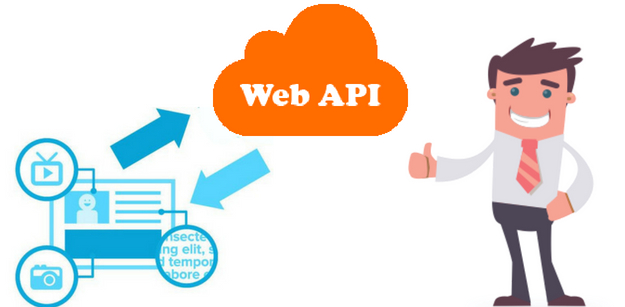What is a RESTful API? Now that is a question that we get asked a lot and especially by those who are new to the world of API development. The thing is that developers have heard so much about rest API design that they want to know how it differs from other types of APIs like SOAP. We won’t go into SOAP API design since that’s a totally different topic, but generally, REST happens to be optimized for web applications or applications that use the HTTP protocol. Though there are other aspects of REST that make it so popular amongst API developers.

The Relationship Between HTTP and REST
When it comes down to developing a RESTful API, the idea is best suited for developers who are interested in data modeling or those who have excellent skills. REST development tends to use resources that follow perhaps a particularly designed data model.
The HTTP protocol is standard amongst all internet based applications and things. Everything from a sensor hooked to the internet to someone typing in their email address has to interact with the destination server via HTTP or its more secure form HTTPS. The protocol allows for both acquiring resources as well as editing those resources.
Everything that uses HTTP needs to have a URL, and there are a set of commands like create, delete, etc. which is used to manipulate the data or objects. So, Resource is, in fact, the ‘R’ in the term RESTful. Also, everything that’s hooked up to the internet works as a server or a client which is why many people refer to the internet as having a P2P structure.
Designing a REST-API
Any enterprise can only become digital, or it can be connected if it is using a valid HTTP type server. So, the REST API is designed to work as this primary channel. The thing worth rejoicing over is the fact that designing a REST API is comparatively easy all you have to do is follow the best practices.
REST-APIs are meant to expose server resources which are then manipulated by all the clients via an API that’s modeled using a robust data model. As always the data model will work as a metaphor through which clients can connect directly with the API. The model will incorporate both logical and physical resources.
It is also important to ensure that every resource is exposed to the world and then mapped using a URL. The URL has to reflect the overall relationships between each other easily. Also, manipulation commands like POST, GET, DELETE, etc. has to be assigned to the HTTP headers. Finally, each URL requires protection by authorizations and validations.
Quick Example
A good example of this in action is an insurance company’s own API which is exposing customers, policies, and claims. Similarly, an API constructed for home-based internet devices would expose resources like lights, solar panels, temperature sensors, etc. Mathematics software will expose stuff like calculations, variables, etc. Also, each one of these will be assigned a unique URL. It is via the URL that these resources will be manipulated.
REST-APIs and the Future
The explanation mentioned above along with the live example happens to be an overly simplified version of how the REST API works and is designed. However, as any developer might imagine there is a lot more to it. Though these procedures are even used in mega API building projects for multi-billion-dollar businesses. So, the structure and how things flow remain unchanged for the most part of the process.
